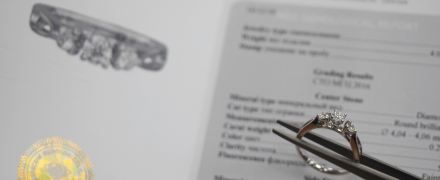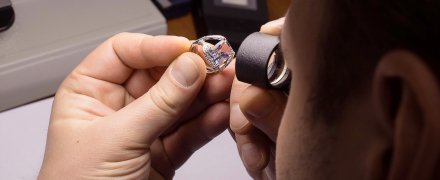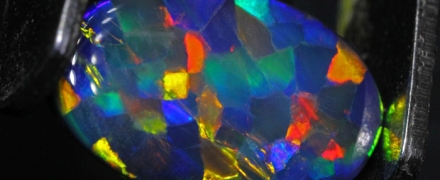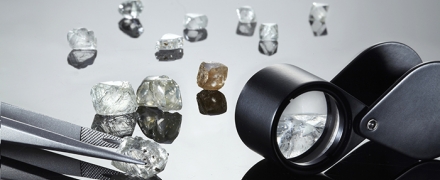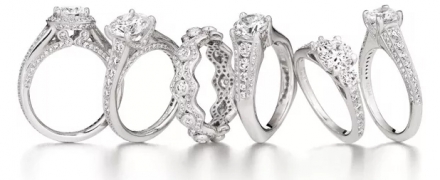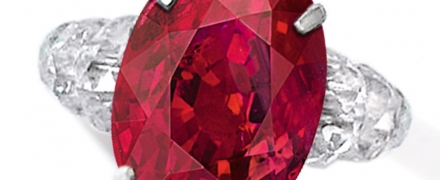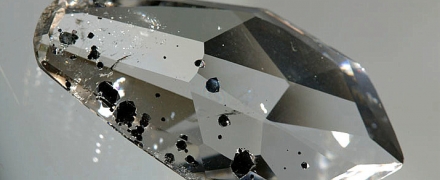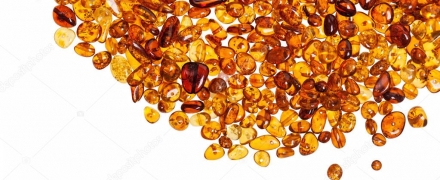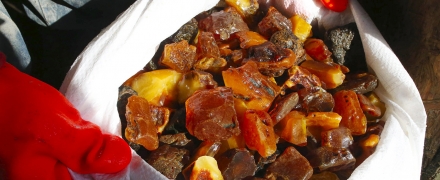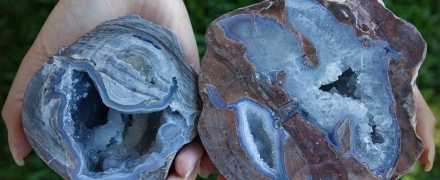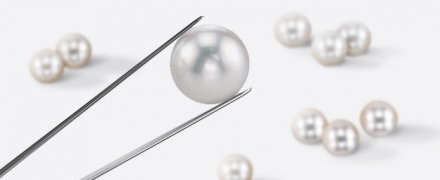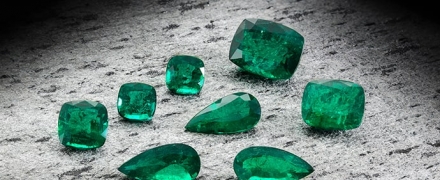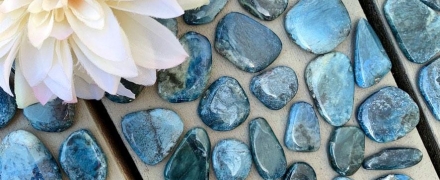open 10 am - 7 pm
laboratory is closed
August 7 - Eric Laxman's birthday
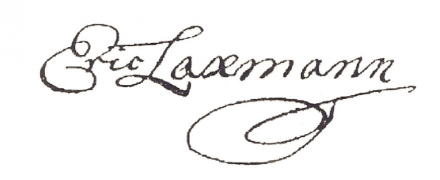
We are starting a new cycle of publications about great researchers in the field of gemology and mineralogy. July 27 (August 7), 1737 - Russian naturalist Eric Gustav (Kirill Gustavovich) Laxman was born in Nyslot, Sweden (now Savonlinna in Finland). In 1764, having accepted the position of pastor of the Lutheran community in Barnaul (from 1764 to 1768), he was also engaged in mineralogical research when traveling to the borders of Mongolia and China (up to Kyakhta), as well as through the territory of the Nerchinsk mining district. In 1781-1782, he served as assistant chief (Oberbergmeister) of the Nerchinsk mines. Since 1782, he entered the position of a mineralogical traveler in the Empress's Cabinet (with an academic pension of 200 rubles a year and a salary for travel of 600 rubles a year). From 1784 he lived in Irkutsk, from where he made numerous trips to Eastern Siberia. In 1784, together with Alexander Andreevich Baranov (1747-1819), he founded a glass factory with a new glass-making technology on the Taltsa River in the vicinity of Irkutsk. In 1785, at the direction of the hunter Lapshin, he found a root manifestation of lapis lazuli in the valley of the Slyudyanka River. Also, Laxman discovered a coal deposit near the village of Cheremkhovo (from the Buryat "sheremkhe" - "coal") in 1786. At present, jet-like saprocolites are found in this deposit, but the main source of "Siberian jets" is the discovered and developed in a later period, the Mataganskoye deposit of the Cheremkhovo coal basin. Also in 1790, he discovered manifestations of grossular on the Vilyui River and a mineral of the Vesuvian group called viluite (viluite was recognized as an independent mineral species only in 1998). He died on January 5 (January 16), 1796 on an expedition. He was buried at the Yamsk station Dresvyanskaya near the Vagai River (118 km from Tobolsk).








